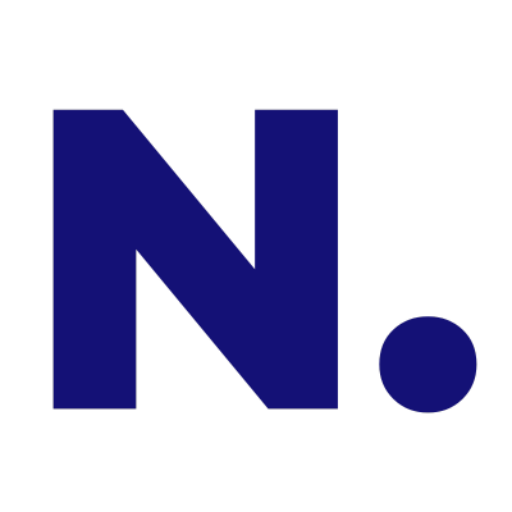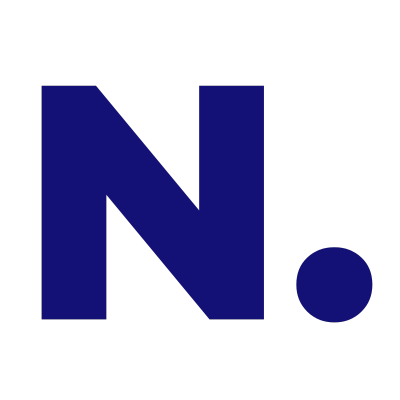About Autism screenings
Early Detection through ASD Screening
Early detection of autism through screenings is of utmost importance as it allows for timely intervention and support for children with autism spectrum disorder (ASD). Screenings are a key tool in identifying potential signs of autism at an early stage, enabling professionals to initiate further assessments and interventions. By identifying autism at a younger age, children can receive targeted interventions and therapies that address their specific needs. This can help improve their social communication skills, reduce challenging behaviours, and enhance their overall development.
ASD Screening and Intervention Model
At STG Health, we prioritize early detection of autism through our comprehensive screening services. We understand the importance of identifying potential signs of autism at a young age. That’s why we offer screening services tailored to specific age groups: 11-15 months, 16-22 months, and 23-30 months. Diagnostic services start at 31 months but preferrably at 42 months. By targeting these crucial developmental stages, we can effectively assess and detect any early signs of autism.
Children can be screened at any stage. For example, a child aged 17 Months who did not participate in “Screening 1” can still be screened for ASD at “Screening 2”. However, the younger a child is screened, the more opportunities exist for early intervention through the Intervention Stages (A and B) In each stage, specific skills and abilities are targeted at the developmental level of that age group, individualized per child.
Screening 1 happens between the ages of 11 to 15 months. It is an essential first screening around many common symptoms most often seen in very young children who are diagnosed with ASD at a later age. The following are some aspects of social development that are being assessed:
- Pointing
- Eye Contract
- Gestures
- Responding to Name
- Imitation
- Joint Attention
- Social Smile
- Use or Understanding of Language
Screening 1 happens between the ages of 16 to 22 months. It screens many common symptoms most often seen in young children who are diagnosed with ASD at a later age. One major aspect here is measuring loss of skills that were once present:
- Pointing
- Eye Contract
- Gestures
- Responding to Name
- Imitation
- Joint Attention
- Social Smile
- Use or Understanding of Language
- Social Communication
- Pretend Play
- Loss of Skills
Screening 1 happens between the ages of 16 to 22 months. It screens many common symptoms most often seen in young children who are diagnosed with ASD at a later age.
- Pointing
- Eye Contract
- Gestures
- Responding to Name
- Imitation
- Joint Attention
- Social Smile
- Use or Understanding of Language
- Social Communication
- Pretend Play
- Loss of Skills
- Interest in Other Children
- Parallel Play
Screening 4 happens simultaniously with the diagnostic assessment. This screening covers the following:
- Pointing
- Eye Contract
- Responding to Name
- Joint Attention
- Social Smile
- Use or Understanding of Language
- Social Communication
- Pretend Play
- Loss of Skills
- Sensory Behaviours/Interests
- Reciprocal Social Interactions
- Using Hands as a Tool
- Motor Stereopypies
- Repetative/Restrictive Behaviours and Interests
The diagnostic assessment is different from child to child and depends on the results from prior screenings.
Depending on the outcome of each screener, we provide parents and caregivers with psychoeducation about how to help their child further develop the skills that the child has demonstrated difficulties with. Simple play-like activities are taught to the parent, who can then incorporate those daily in their home routine. In addition, children are seen once every three weeks to work with a therapist directly so that adjustments to the interventions can be made when needed.



